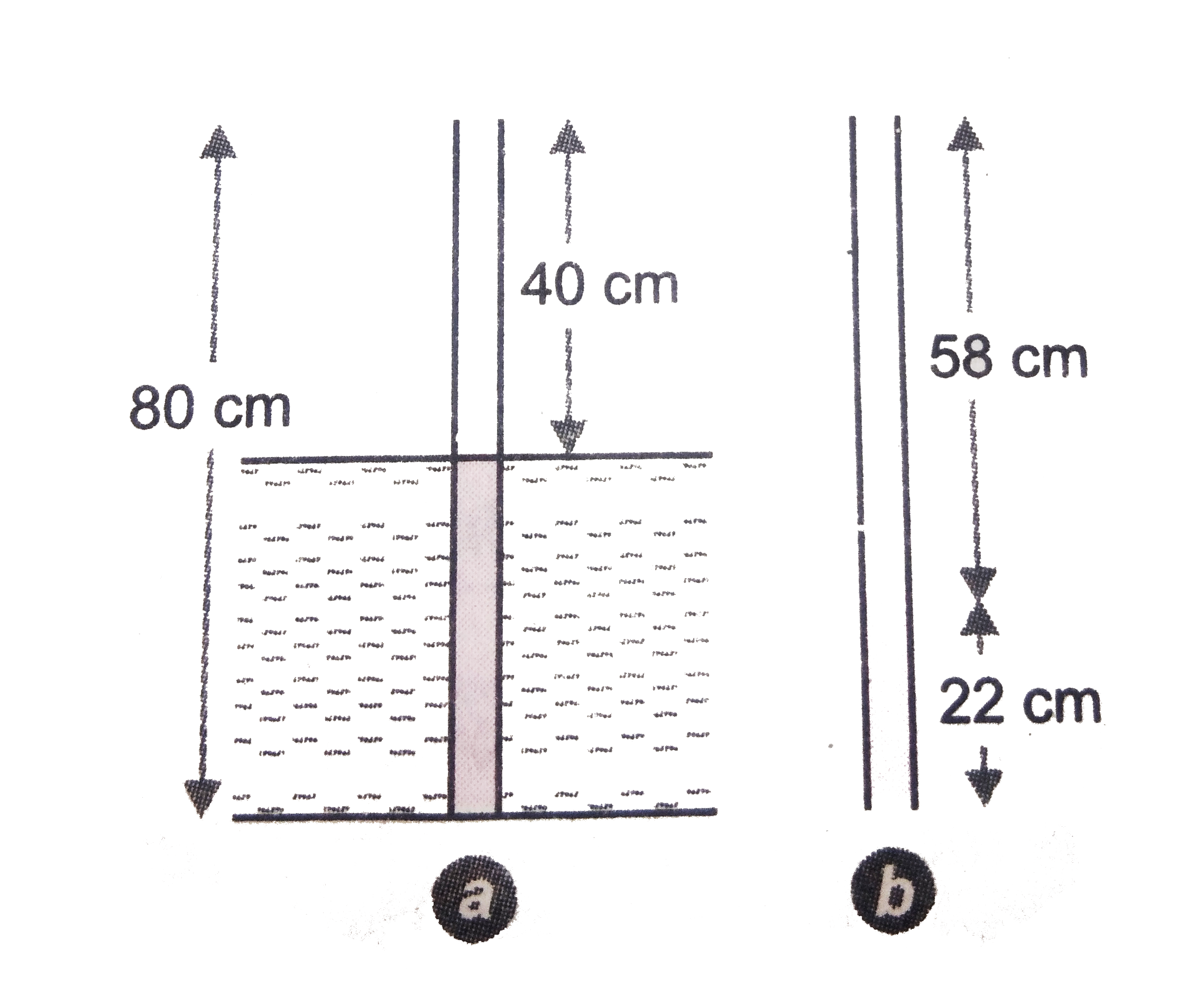Why s it difficult to drive a nail into a awooden block without supporting it?
To understand why it is difficult to drive a nail into a wooden block without supporting it, we can break down the explanation into steps:
1. Understanding the Scenario: When you attempt to drive a nail into a wooden block, you are using a hammer to apply a force on the nail. The wooden block is the surface into which the nail is being driven.
2. Lack of Support: If the wooden block is not supported (for example, if you are holding it in your hand), when you hit the nail with the hammer, both the nail and the wooden block will experience a reaction to the force applied.
3. Inertia of the Block: According to Newton's first law of motion, an object at rest will stay at rest unless acted upon by an external force. In this case, the wooden block has inertia and will tend to move backward when the hammer strikes the nail.
4. Resulting Motion: Since the wooden block is not fixed in place, when you hammer the nail, the block will move backward along with the nail. This movement means that the nail does not remain stationary in the block, making it difficult for the nail to penetrate the wood.
5. Providing Support: If you place the wooden block on a stable surface, like a table, the table provides a reaction force that counteracts the backward motion of the block. This reaction force keeps the block in place.
6. Successful Hammering: With the wooden block supported, when you hammer the nail, the block does not move backward. As a result, the nail can be driven into the block effectively because the force applied by the hammer is transferred to the nail without any backward motion of the block.
Conclusion:
It is difficult to drive a nail into a wooden block without supporting it because the block moves backward due to inertia when struck, preventing the nail from being effectively driven into the wood. Providing support allows the block to remain stationary, enabling successful insertion of the nail.
It is difficult to drive a nail into a wooden block without supporting it because the block moves backward due to inertia when struck, preventing the nail from being effectively driven into the wood. Providing support allows the block to remain stationary, enabling successful insertion of the nail.
Topper's Solved these Questions
Similar Questions
A force acts for 10 s on a body of mass 10 kg after which the force ceases and the body describes 50 m in the next 5 s. Find the magnitude of the force.
01:05View SolutionA narrow uniform glass tube 80 cm long and open at both ends is half immersed in mercurry. Then the top of the tube is closed and it is taken out of mercury. A column of mercury 22 cm long then remains in the tube. What is the atmospheric pressure?
 03:04View Solution
03:04View SolutionA force acts for 10 s on a body of mass 10 kg after which the force ceases and the body describes 50 m in the next 5 s. Find the magnitude of the force.
01:34View Solutionकील पानी में क्यों डूब जाता है ?
03:52View SolutionA 500 g hammer moving at a speed of 15m cdot s^(-1) strickes a nail and drives it 75 mm into a block of wood. Assuming that the restoring force in the wood is constant, find (i) the acceleration of the hammer and (ii) the constant force.
View SolutionIt is difficult to fix a nail on a freely suspended wooden frame. Which law supports this statement ?
View SolutionA hammer of mass 1 kg strikes on Ihe head of a nail with a velocity of 2ms^(-1) . It drives the nail 0.01 m into a wooden block. Find the force applied by the hammer and the time of impact.
01:56View SolutionA hammer of mass 1 kg strikes on the head of a nail with a velocity of 2 ms^(-1) . It drives the nail 0.01 m into a wooden block. Find the force applied by the hammer and the time of 8 impact.
View SolutionA hammer of mass 1 kg strikes on the head of a nail with a velocity of 2 ms^(-1) It drives the nail 0.01 m into a wooden block. Find the force applied by the hammer and the time of impact.
01:41View SolutionWhy is it difficult to drive on a wet road ?
02:46View SolutionA hammer of mass 1 kg strikes on the head of a nail with a velocity of 2 ms^(-1) . It drives the nail 0.01 m into a wooden block. Find the force applied by the hammer and the time of impact.
04:46View SolutionWhy are nails spoon-shaped?
02:25View SolutionWhy are nails so hard?
View SolutionWhy is it difficult to drive a nail into a wooden block without supporting it ?
01:20View SolutionIt is difficult to insert a blunt nail in wooden block.
01:55View Solution

